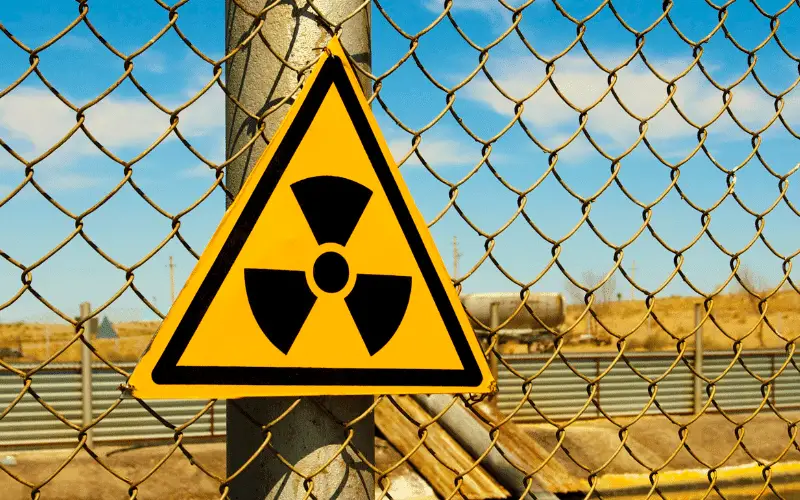Introduction: A Deeper Look into Aplastic Anemia and Its Causes
Aplastic anemia is a rare yet serious blood disorder that affects thousands of people each year. This condition occurs when the bone marrow fails to produce enough red blood cells, white blood cells, and platelets, which are essential for proper blood clotting, oxygen transport, and infection-fighting. The result can be fatigue, shortness of breath, frequent infections, and uncontrolled bleeding.
Understanding the underlying causes of aplastic anemia is crucial in raising awareness, promoting early detection, and ultimately, improving treatment outcomes for those affected. In this article, we will delve into the top 10 causes of aplastic anemia, arming you with the knowledge you need to better understand this condition. We will explore everything from radiation exposure to autoimmune diseases as we unravel the mysteries behind aplastic anemia.
Cause 1. Radiation Exposure: The Invisible Threat

Ionizing radiation is one of the leading causes of aplastic anemia. It is a form of radiation that carries enough energy to remove tightly bound electrons from atoms, creating ions in the process. The primary sources of ionizing radiation are nuclear accidents and certain medical treatments.
Exposure to ionizing radiation damages bone marrow cells, hindering their ability to produce blood cells, ultimately leading to aplastic anemia. In medical settings, ionizing radiation is commonly used for diagnostic and therapeutic purposes. Diagnostic procedures like X-rays and CT scans, though essential, can contribute to the risk of developing aplastic anemia. The risk is higher with prolonged exposure, such as in radiation therapy for cancer patients.
In addition to medical exposure, ionizing radiation can result from nuclear accidents, such as the Chernobyl disaster and the Fukushima Daiichi nuclear disaster. In these cases, the high levels of ionizing radiation released into the environment significantly increased the risk of developing aplastic anemia for those living in the affected areas.
To mitigate the risks associated with radiation exposure, it is crucial to follow safety guidelines and minimize exposure whenever possible. This includes wearing protective gear when working with radiation sources and adhering to the ALARA (As Low As Reasonably Achievable) principle in medical settings. (1)